Chemicals and Minerals
₺999,999.00
💧 Su Arıtma Sistemleri için Kullanılan Medya ve Kimyasallar
1. Antrasit (Anthracite)
Su filtrasyon sistemlerinde yüzey filtrasyonu sağlamak amacıyla kullanılır. Düşük yoğunluğu sayesinde üst katmanda yer alarak tortu ve askıda katı maddelerin giderilmesinde etkilidir. Özellikle çok katmanlı filtre sistemlerinde tercih edilir.
2. Aktif Karbon (Active Carbon)
Organik maddeler, klor, koku, tat bozuklukları ve bazı kimyasal bileşenlerin giderilmesi için kullanılır. Hindistan cevizi kabuğundan elde edilen aktif karbon, yüksek yüzey alanı sayesinde güçlü adsorpsiyon sağlar.
3. Reçine (Resin)
Su yumuşatma sistemlerinde kullanılır. Kalsiyum (Ca²⁺) ve magnezyum (Mg²⁺) iyonlarını sodyum (Na⁺) iyonları ile değiştirerek kireci giderir ve sertliği düşürür.
4. Dolamit (Dolostone)
Suyun pH seviyesini dengelemek ve asidik özelliğini nötrlemek amacıyla kullanılır. Aynı zamanda sudaki bazı ağır metallerin tutulmasına da katkı sağlar.
5. Tablet Tuz (Salt Tablets)
Su yumuşatma sistemlerinde reçinenin rejenerasyonu (yenilenmesi) için kullanılır. Yüksek saflıkta sodyum klorür içerir, çözünürlüğü yüksektir.
6. Quartz Kum (Quartz Sand)
Filtrasyon sistemlerinin en yaygın kullanılan katmanıdır. Askıdaki partiküllerin tutulması ve bulanıklığın giderilmesi için kullanılır. Farklı tanecik boyutlarında temin edilebilir.
7. Toz Klor (Chlorine Powder)
Suyun dezenfeksiyonunda kullanılır. Bakteri ve mikroorganizmaları etkili şekilde öldürerek güvenli su elde edilmesini sağlar. Özellikle ön arıtma ve depo hijyeninde etkilidir.
8. Mixbed
Demineralize su üretiminde kullanılır. Katyon ve anyon değiştirici reçinelerin karışımıdır. Saf su kalitesi istenen uygulamalarda, özellikle laboratuvarlar ve endüstriyel proseslerde tercih edilir.
9. Antiskalant
Ters osmoz (RO) sistemlerinde membran yüzeyinde kireç ve mineral birikimini önlemek için kullanılır. Sistemin verimliliğini artırır ve membran ömrünü uzatır.
10. Silifoz
Borularda ve sistem ekipmanlarında kireç, pas ve korozyon oluşumunu engeller. Özellikle içme suyu hatlarında metal boruların korunmasında kullanılır.


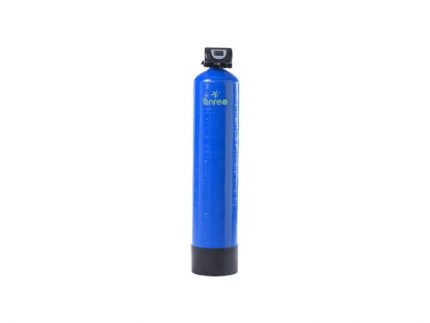
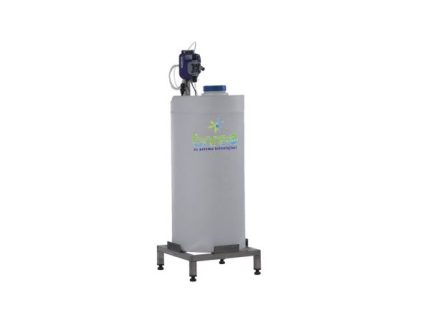
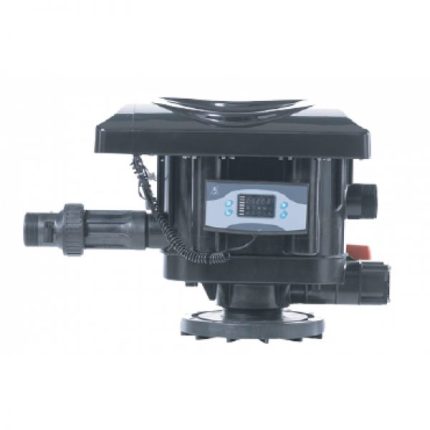
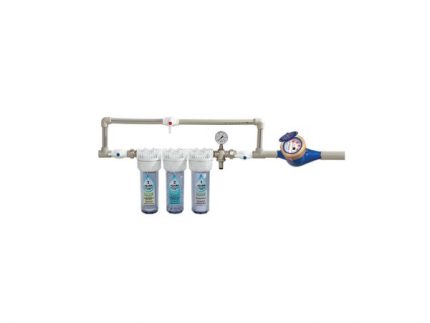
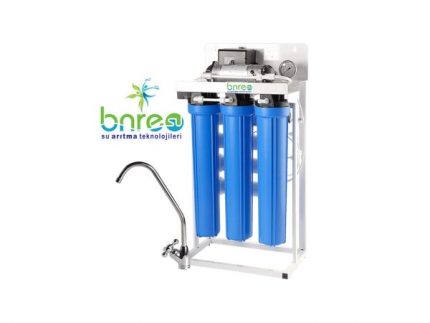
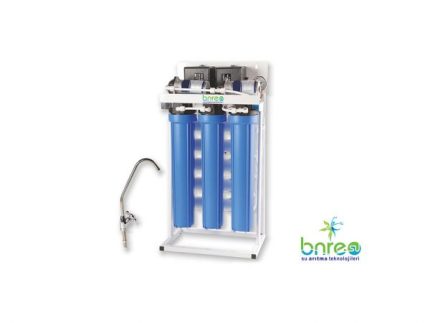

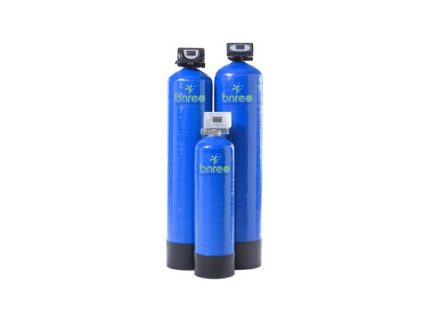
Reviews
There are no reviews yet.